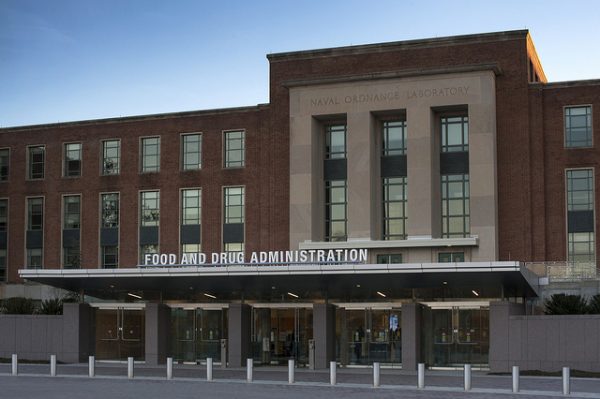
It’s often noted that the Food and Drug Administration usually reaches decisions in line with recommendations from its advisory committees, though it is not required to do so. But until now, little has been done to fully quantify how frequently that happens and why it sometimes does not.
A study published Sunday in the Milbank Quarterly journal found that around 80 percent of the time, Food and Drug Administration decisions regarding drugs and devices were in accordance with the recommendations from advisory committees, also known as AdComs; about 20 percent of the time they were not. The study looked at 376 AdCom meetings regarding 298 products or product classes that took place between 2008 and 2015.

With the Rise of AI, What IP Disputes in Healthcare Are Likely to Emerge?
Munck Wilson Mandala Partner Greg Howison shared his perspective on some of the legal ramifications around AI, IP, connected devices and the data they generate, in response to emailed questions.
AdComs are panels of outside experts that the FDA sometimes convenes when it requires additional expertise before reaching a decision, such as whether or not to approve a drug or device or update an existing product’s label.
AdCom recommendations and FDA decisions take into account a multitude of factors related to a product’s safety and efficacy profile. Yet, the only major predictor of the FDA not following an AdCom recommendation was when the AdCom vote did not reach consensus, said lead study author Dr. Joseph Ross, a professor of medicine at Yale University, in a phone interview.
“When we looked at what predicts that discordance, that was the only variable that came up,” Ross said. More surprising, given the prior literature on the matter, was the lack of statistical significance for characteristics like media attention and conflicts of interest among committee members.
It was slightly more common for the FDA to reach decisions more cautious or restrictive than AdCom recommendations than it was for the agency to be less cautious, the study found. In 23 percent of cases when an AdCom gave a favorable recommendation, the FDA reached a decision that was more restrictive, while the agency reached decisions less restrictive than AdCom recommendations in 19 percent of cases.
A recent example of the FDA being less restrictive occurred July 3 when it granted accelerated approval to Karyopharm Therapeutics’ Xpovio (selinexor) for heavily pretreated patients with the blood cancer multiple myeloma. In that case, the Oncologic Drugs Advisory Committee, or ODAC, voted 8-5 to delay approval based on Phase IIb data and instead wait until Phase III data were out due to concerns about safety and other issues.
The FDA approved the drug anyway, based on data from the Phase IIb study as well as confidential early data from the Phase III trial provided by the study’s independent data safety monitoring board. The decision proved controversial, drawing criticism from hematologists who saw the FDA’s decision as incorrect based on what they saw as insufficient data to demonstrate Xpovio’s safety and efficacy. An ODAC member also criticized the decision, saying it should have been delayed until the Phase III data were publicly available, while also criticizing the lack of stronger warnings about Xpovio’s side-effect profile.
Ross compared the controversy surrounding Xpovio to that of Sarepta Therapeutics’ Exondys 51 (eteplirsen), which the FDA approved in September 2016 for Duchenne muscular dystrophy despite an AdCom voting against recommending its approval.
“This is a challenging gray area because what value is there in the company obtaining approval if the clinicians don’t feel like there’s sufficient evidence to support prescribing a drug?” Ross said.
Xpovio was priced at $22,000 per month, which several doctors also criticized given what they saw as insufficient evidence to support such a price.
Even if clinicians are willing to try such a drug, it may not pass the payers’ smell test. “If the evidence isn’t strong enough for the advisory committee, you have to wonder if it’s strong enough for the payers,” he said.
Photo: FDA, Flickr (free of all copyright for use and redistribution without restriction)















